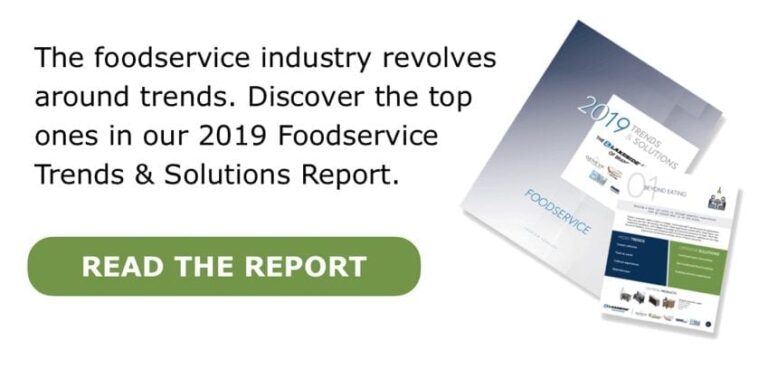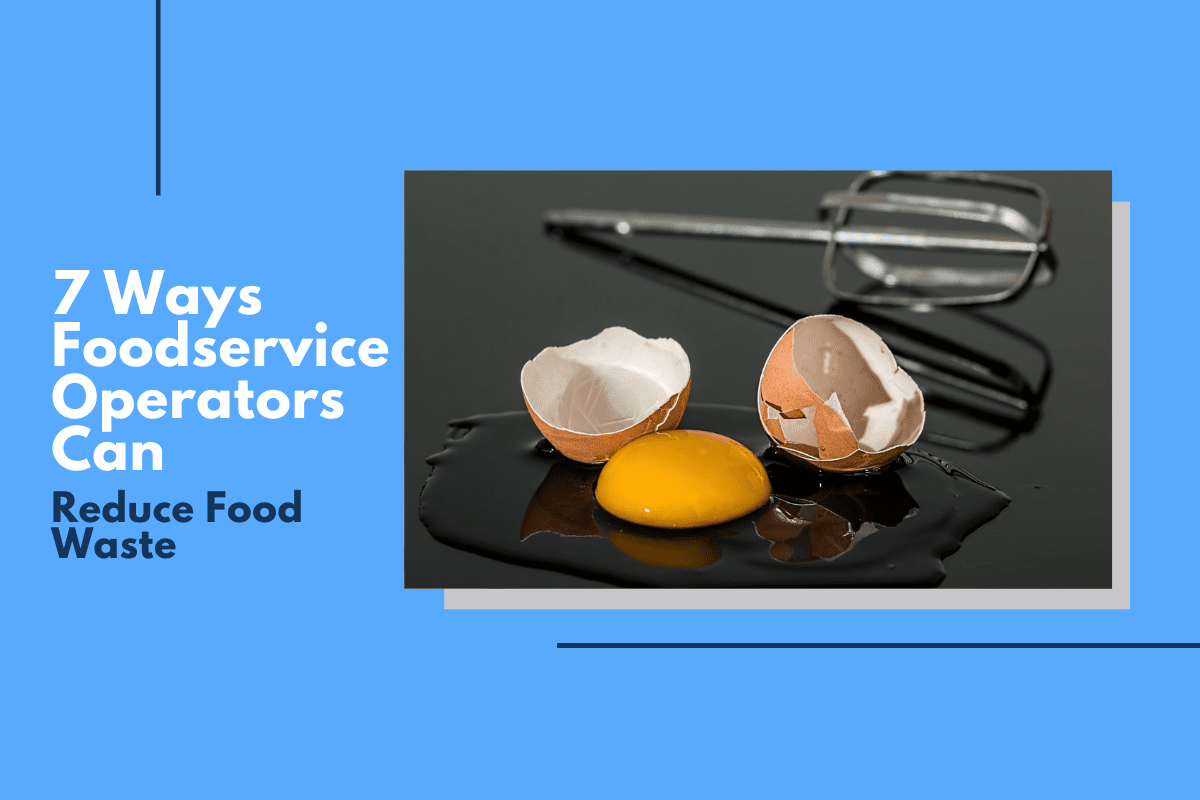
Are you a food service operator challenged with trying to generate increased revenue with outdated serving lines? Is this influencing you to renovate your cafeteria?
The need to renovate an outdated cafeteria is understandable as the serving lines of yesterday were designed for lower customer volumes and limited menus. They often don’t contain enough hot or cold wells to accommodate all entrees and side dishes (e.g. sandwiches, beverages or desserts) in demand today. This is just one major factor that fuels the decision to update a cafeteria.
To achieve a successful cafeteria design, begin the thought process before working with your architect or consultant. The best place to start is to consider six key criteria.
- Establish a budget. This will be the benchmark that tells you if your renovations are feasible.
- List your proposed menu ideas and concepts.
- Take into account the number of meals you are serving.
- Decide on the size and configuration of the serving stations required.
- Determine the key components for your serving stations, e.g. hot wells, cold wells, refrigeration, etc.
- Begin selecting your equipment and decor elements.
As you work on these six steps, strive to become an educated consumer. Learn about the many new types of equipment, decorative finishes and merchandising methods available to correct the deficiencies you’ve identified. This will enable you to make the best buying decision for your space and customers.
Additional Considerations:
- Scatter Design– A scatter design uses food stations that are themed with individual identities to serve specific menu items. Examples include grill stations, made-to-order delis and international menu ideas, all which appeal to the sophisticated palate and broad ethnic diversity of today’s customer. Also, merchandising is key to the scatter design. Select colorful eye-catching signage that identifies your food stations and highlights your menus’ nutritional content.
- Flexibility, Functionality, Longevity– When researching equipment, take into account flexibility, functionality and longevity. Regardless of space and anticipated layout, flexibility in the design of the equipment is the most important of these three criteria. Food trends constantly change and dictate menu choices. Flexible equipment will allow you to quickly adapt to these changes. Also, choosing functional, durable serving line pieces is equally important as they can be easily rearranged or moved for cleaning.
- Important Counter Options– How many times have menu changes forced you or your staff to use a hot well as a cold well and vice versa? Consider adding convertible hot-to-cold wells to counters and kiosks to accommodate changing menu trends. Also, adding self service food shields expands your serving capacity and are especially helpful during labor shortages or when menu changes dictate self service.
Planning Resources:
- Internet – The internet is ideal for researching different manufacturers to compare equipment, features and benefits that are important to you. Be conscious of energy efficiency and lifetime of operating costs.
- Site Visits– For a fresh perspective, check out newly built or renovated kitchens and dining facilities. Visit establishments considered industry trendsetters. Pay attention to design, layout and facilities. Consider incorporating their concepts into your cafeteria. Reviewing other operations is a wonderful way to single out good ideas and identify design features that aren’t working as well as intended.
- Network– Reach out to fellow foodservice directors who have recently completed a renovation or upgrade. Visit their installations and ask questions about their equipment and design. Ask them what changes they made to their environment to create an exciting customer experience. Find out what worked and what they would do differently.
- Foodservice Design and Layout Designers– If you need to build, renovate or make improvements to your existing dining facility, a food service consultant can provide the professional expertise and resources to support your project from design to implementation. To locate a designer in your area, check out the website for Foodservice Consultants Society International (FCSI). Click here to use their consultant locator.
- Retail Operations– Retail operations consultants improve business efficiency and profitability by providing a range of strategy, project planning and training services.
Doing your research well in advance of your renovation and listing all of the important elements is worth the effort. In the end, the proper planning will not only increase customer participation and enjoyment, but ultimately improve your revenue.



![USDA-Economic-Research-Services-Food-Security-Reverse-Pyramid[1]](https://www.elakeside.com/foodservice/wp-content/uploads/sites/22/USDA-Economic-Research-Services-Food-Security-Reverse-Pyramid1.jpg)




